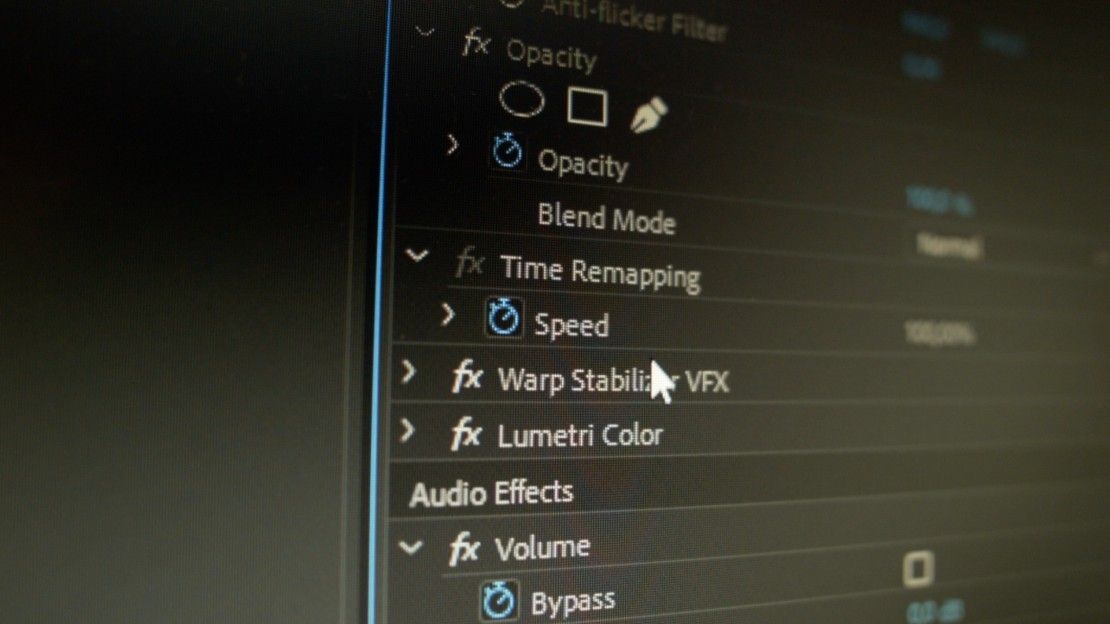

If the result is good, you’re done with stabilisation. Or Warp Stabilizer might zoom in to keep your clip edge to edge in spite of these adjustments. This means your frames might rotate, lift, slide over or lower. The Warp Stabilizer does its job by tracking different points in the frame and performing complex counter-movements to the footage. If the stabilising caused you to lose some edge material you wanted, you can also adjust the frame to get it back.

If your clip finishes stabilising and parts of it look woozy or wobbly, it’s been over-smoothed. While the Warp Stabilizer is a smart and powerful tool, you might notice aspects in the stabilised video that you need to tweak. Once the Stabilizer has finished working, you can examine your work and make adjustments to ensure the video features everything you need to see in the shot. Step 4: Adjust the stabilisation for the look you want. Now you have two clips from the same file that can be edited independently.
#Warp stabilizer premiere pro not working mac#
Use the keyboard shortcut Command/Control + K (for Mac or PC, respectively) or choose Timeline › Split Clip. Then, drag the playhead to the frames where you want to make the split. Drag a marquee to select clips on different tracks that overlap at a point in time. If you want to split clips where two or more clips or tracks overlap in a timeline, you’ll need to switch to the Expert View Timeline. Splitting and moving the video without the audio may cause your audio to go out of sync elsewhere. If you want to split the audio with the video, make sure the audio track is highlighted too. Make sure the channels you want to split are highlighted. To split clips, move the playhead to the points in the tracks where you want to make a split. Then, run Warp Stabilizer only on those shortened clips. To help with this, first identify the shaky portion of the footage and then split the clip to isolate those shaky parts. Once Warp Stabilizer completes the stabilising stage, Premiere Pro returns to the normal state. While it lets you continue working in Premiere Pro during processing, it will be a little slower. Warp Stabilizer is a memory-intensive and time-consuming operation.

So it’s always good to know and learn the tools we have at our disposal.Step 2: To maintain good performance, split your clip into the smallest working area. I find myself rarely having to use it myself any more for the same reason.īut, there are still times when gimbals aren’t practical to use. With stabilisation systems such as motorised gimbals becoming more commonly used, the need for things like Warp Stabilizer seems to be dwindling. And there’s even more information about it on the Story & Heart blog.

#Warp stabilizer premiere pro not working full#
It’s well worth checking out the full series of tutorials on No Film School if you want to get really in depth with it. This is probably the most common use of Warp Stabilizer. This video shows a comparison of different settings used to help reduce camera shake. The second video comes from Story & Heart’s tutorial series on the Warp Stabilizer. Justin shows what it does by default, and how we can break out of those settings and tweak it to get what we want. The first is from YouTuber Justin Odisho, who provides a basic introduction to the Warp Stabilizer and how it works.


 0 kommentar(er)
0 kommentar(er)
